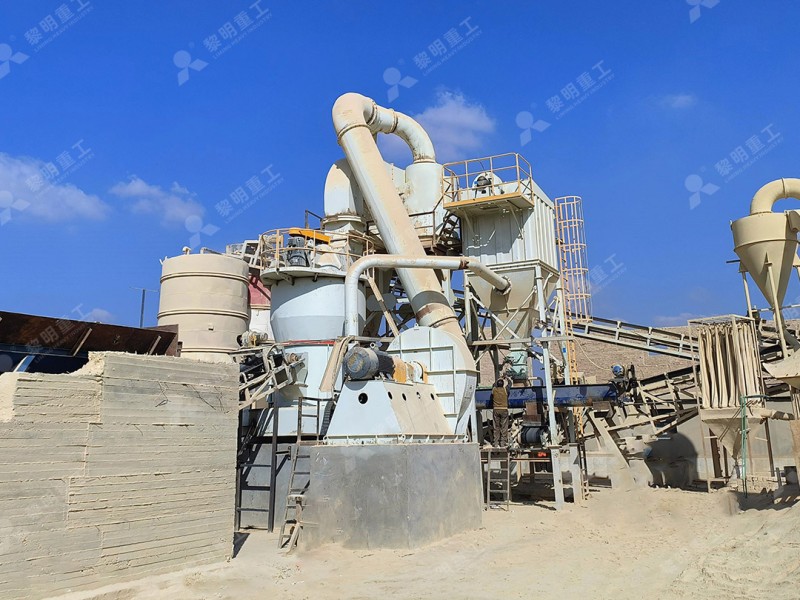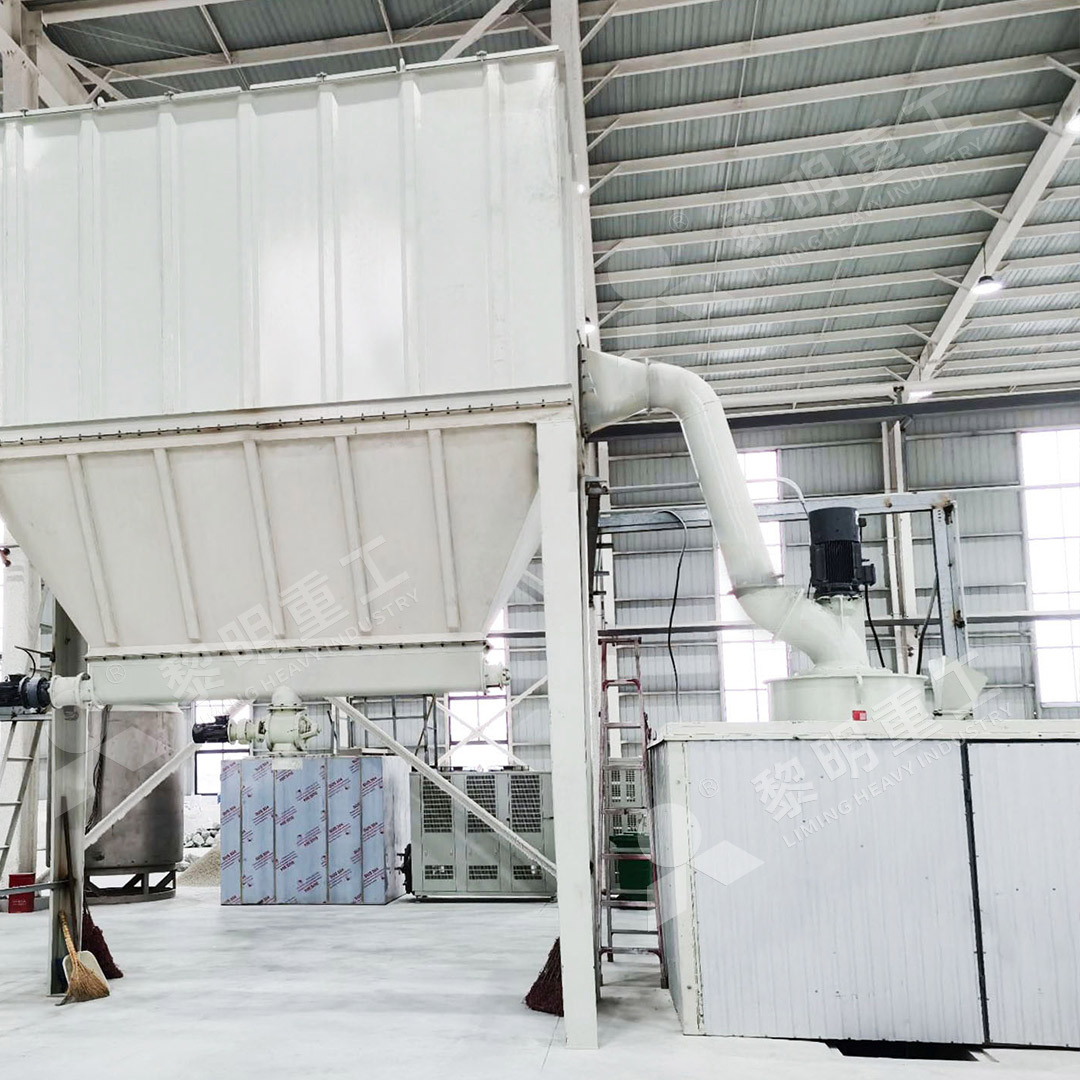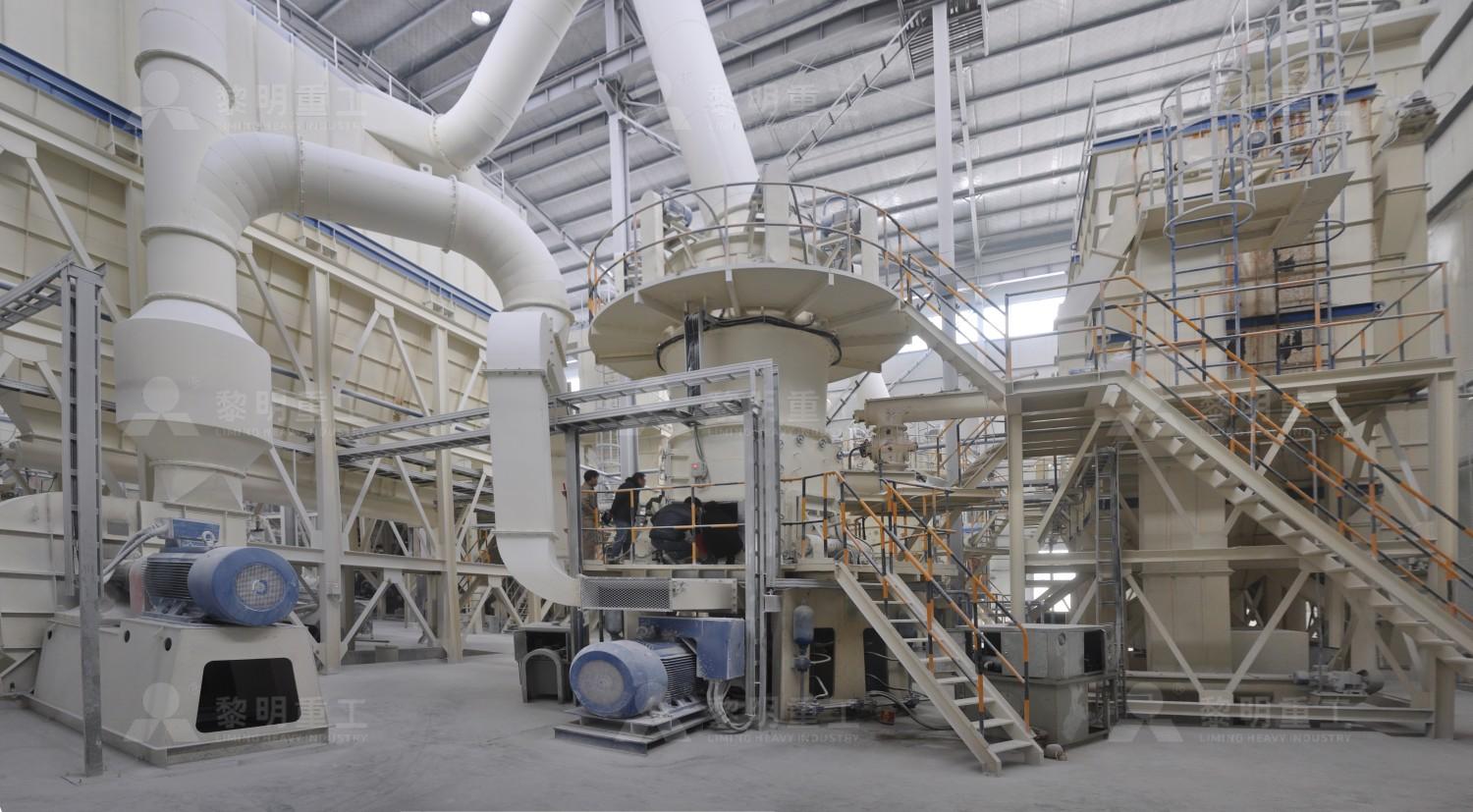Raymond Mill for Stone Grinding: Efficient Powder Production Machine
Raymond Mill for Stone Grinding: Efficient Powder Production Machine
In the world of industrial mineral processing, the quest for efficient powder production has driven technological innovation for decades. Among the various grinding solutions available, Raymond Mill stands as a proven workhorse for stone grinding applications, offering reliable performance for medium-fine powder production.
The fundamental principle behind Raymond Mill operation involves grinding rollers oscillating outward to press against a grinding ring due to centrifugal force. Materials are shoveled into the space between the rollers and ring, where they’re ground into powder. The integrated air classifier then separates fine particles from coarse ones, ensuring consistent product quality.

While traditional Raymond Mills handle materials up to 25mm with capacities ranging from 0.6-5 tph, modern operations often demand higher throughput and finer powders. This is where advanced grinding technologies demonstrate their value in today’s competitive market.
Beyond Traditional Grinding: Advanced Solutions
For operations requiring ultra-fine powder production, the MW Ultrafine Grinding Mill represents a significant technological leap forward. This advanced machine handles input sizes up to 20mm with impressive capacities ranging from 0.5-25 tph. What truly sets this equipment apart is its ability to produce powders with fineness adjustable between 325-2500 meshes, achieving screening rates of d97≤5μm in a single pass.
The MW Ultrafine Grinding Mill incorporates several innovative features that address common challenges in fine powder production. Its cage-type powder selector utilizes German technology to enhance separation precision, while the absence of rolling bearings and screws in the grinding chamber eliminates concerns about bearing damage or loose screws causing operational failures.

From an environmental perspective, the integrated pulse dust collector and muffler system ensures minimal dust emissions and noise pollution, making the production process compliant with stringent environmental standards. The external lubrication system allows for maintenance without shutdowns, supporting continuous 24-hour operation that modern production schedules demand.
Vertical Grinding Innovation
Another noteworthy advancement comes in the form of the LUM Ultrafine Vertical Grinding Mill, which combines Taiwanese grinding roller technology with German powder separating technology. This vertical mill configuration handles materials up to 10mm with capacities of 5-18 tph, featuring unique roller shell and lining plate grinding curves that facilitate material layer formation and high finished product rates in a single pass.
The LUM mill’s double position-limiting technology provides operational stability by preventing destructive impacts during machine vibration, while its reversible structure simplifies maintenance by allowing easy access to grinding components. These design considerations significantly reduce downtime and operational costs.

Application Versatility
Modern grinding mills demonstrate remarkable versatility across numerous industries. From processing limestone, calcite, and dolomite to handling petroleum coal, gypsum, barite, and various other minerals, these machines serve critical functions in chemical industries, paint production, cosmetics, pharmaceuticals, and food additives.
The selection between different mill types depends on specific production requirements, including desired fineness, capacity needs, material characteristics, and operational constraints. While Raymond Mills continue to serve many applications effectively, the advanced features of newer designs often provide compelling advantages for operations prioritizing ultra-fine powders, higher throughput, or stricter environmental compliance.
Frequently Asked Questions
What is the typical input size for Raymond Mills?
Traditional Raymond Mills handle materials smaller than 25mm, while advanced models like the MW Ultrafine Grinding Mill can process materials up to 20mm in size.
How does the fineness control work in modern grinding mills?
Advanced mills utilize precision powder selectors with adjustable settings. The MW Ultrafine Grinding Mill, for instance, offers fineness adjustment between 325-2500 meshes through its German-technology cage-type selector.
What are the environmental benefits of newer grinding mill designs?
Modern mills incorporate efficient pulse dust collectors, mufflers, and noise elimination features that minimize dust pollution and noise emissions, ensuring compliance with environmental standards.
How do maintenance requirements compare between traditional and advanced mills?
Advanced designs like the MW Ultrafine Grinding Mill eliminate rolling bearings and screws in the grinding chamber, reducing maintenance concerns. External lubrication systems enable maintenance without production stoppages.
What industries typically use these grinding mills?
These machines serve numerous sectors including chemical production, paint manufacturing, cosmetics, pharmaceuticals, food additives, construction materials, and mineral processing operations.
